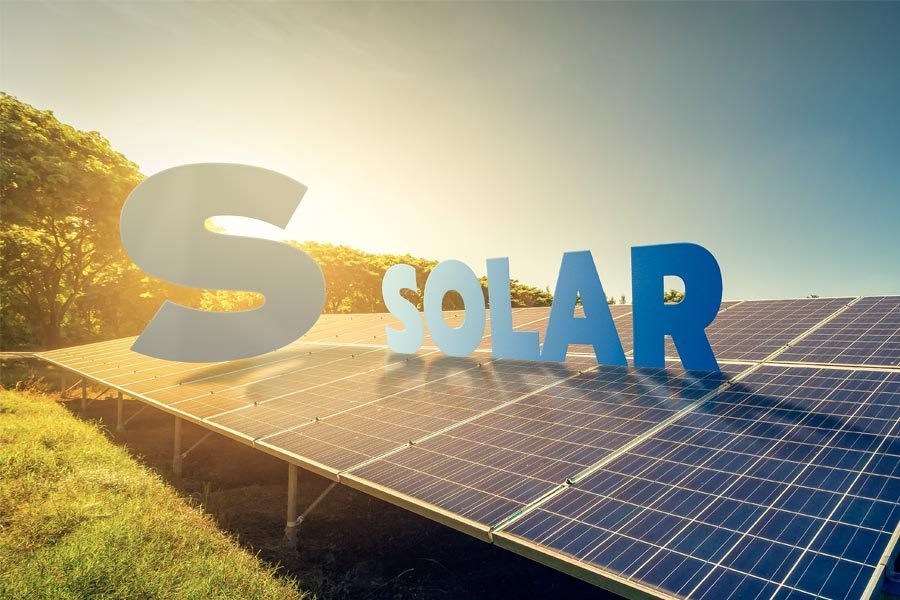Hydrogen from A to Z: S for Solar
By: GenH2 Staff
Read Time: 3 minutes
Defining the Hydrogen Economy from A to Z: S is for Solar
3 MINUTE READ
Continuing on in our defining the Hydrogen economy from A to Z series, we are focusing on the letter S and discussing Solar Energy.
Solar technology is one of the oldest ways humans have generated energy, with its history dating back to 7th Century B.C. when we began concentrating the sun’s heat with magnifying glass materials to light fires. Solar energy is what we call a ‘renewable energy’ because its source is constantly being replenished. Solar power is energy from the sun that is converted into thermal or electrical energy. It is one of the most effective sources of renewable energy because sunlight is one of our planet’s most abundant and freely available energy resources. In a single hour, the amount of power from the sun that strikes the Earth is more than the entire world consumes in a year.
Though the history of solar energy dates back to centuries ago, the story of photovoltaics (PV) that brought the concept of solar energy to fruition involves the invention of the solar panel. The development of solar panel technology was an iterative one that took a number of contributions from various scientists, but many argue the true invention of solar panels to be tied to Daryl Chapin, Calvin Fuller, and Gerald Pearson’s creation of the silicon photovoltaic (PV) cell at Bell Labs in 1954 because it was the first instance of a solar technology that could actually power an electric device for several hours of a day.
Some of the earliest uses of modern solar technology were in outer space in the late 1950s, where solar was used to power satellites. Then in 1973, scientists at the University of Delaware constructed the first solar building, named “Solar One,” which ran on a hybrid supply of solar thermal and solar PV power. In 1979, President Jimmy Carter had solar panels installed on the White House, however, in 1981, President Ronald Reagan ordered the White House solar panels to be removed. Fast forward to 2010 when President Barack Obama requested that not only solar panels be re-installed, but that a solar water heater be added to the White House.
Today, solar energy as a renewable energy source has re-entered the spotlight in many ways. As part of the Biden administration’s clean energy economic recovery plan, the president announced the goal of reaching 100% clean electricity by 2035. This past July of 2022, the U.S. Department of Energy (DOE), announced a slate of new initiatives and $56 million in funding, with $10 million dedicated to spurring innovation in solar manufacturing and recycling. Furthermore, the Inflation Reduction Act, as part of several home energy efficiency initiatives, includes the federal solar investment tax credit being increased from 26% to 30%.
Advancements in solar and storage technologies continue to harness solar energy in better ways, making solar generation the fastest-growing electricity source. According to certain references, in the last 10 years the costs of solar option for building a new energy development has decreased by 90 percent. However, more innovative work is critical in the storage and transfer (moving it to where it is needed) of the renewable energy being collected or could be collected by solar. Solar energy is now being used to produce hydrogen gas from water by electrolysis. Companies like GenH2 are providing solutions where hydrogen gas are liquefied to liquid hydrogen and provided for on-demand usage, transferred or for use later by controlled storage. Liquid Hydrogen solves the storage challenge of energy collected from renewable sources such as solar. This is why we call it, Liquid Electricity™.



